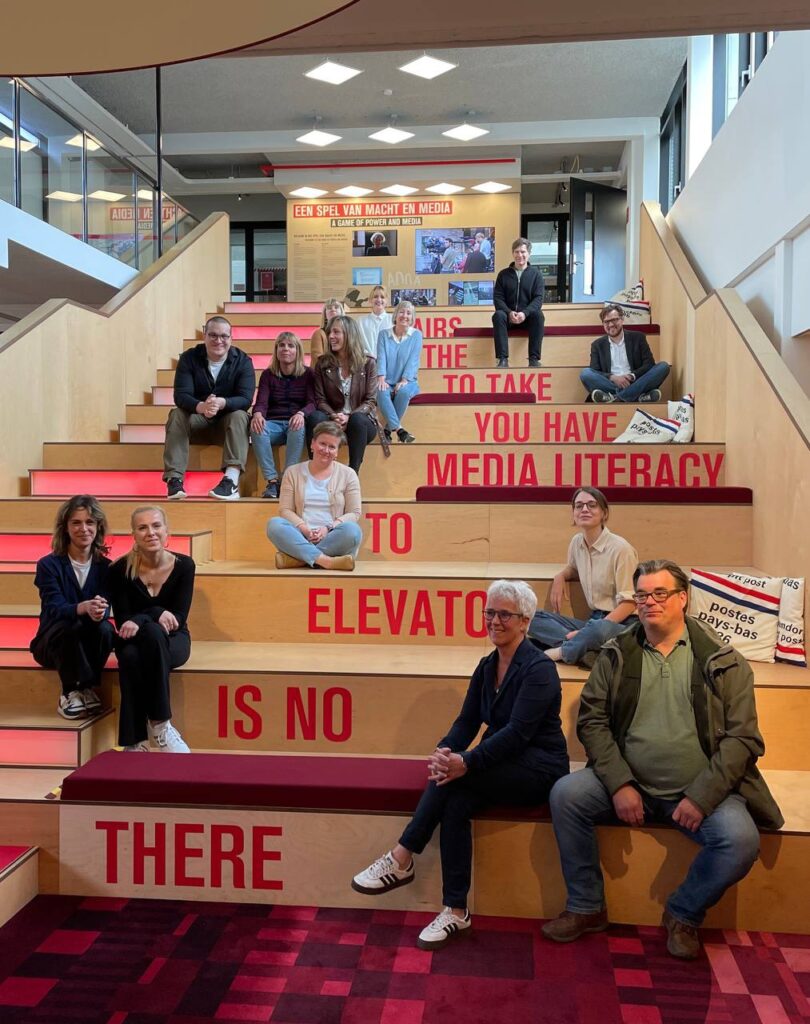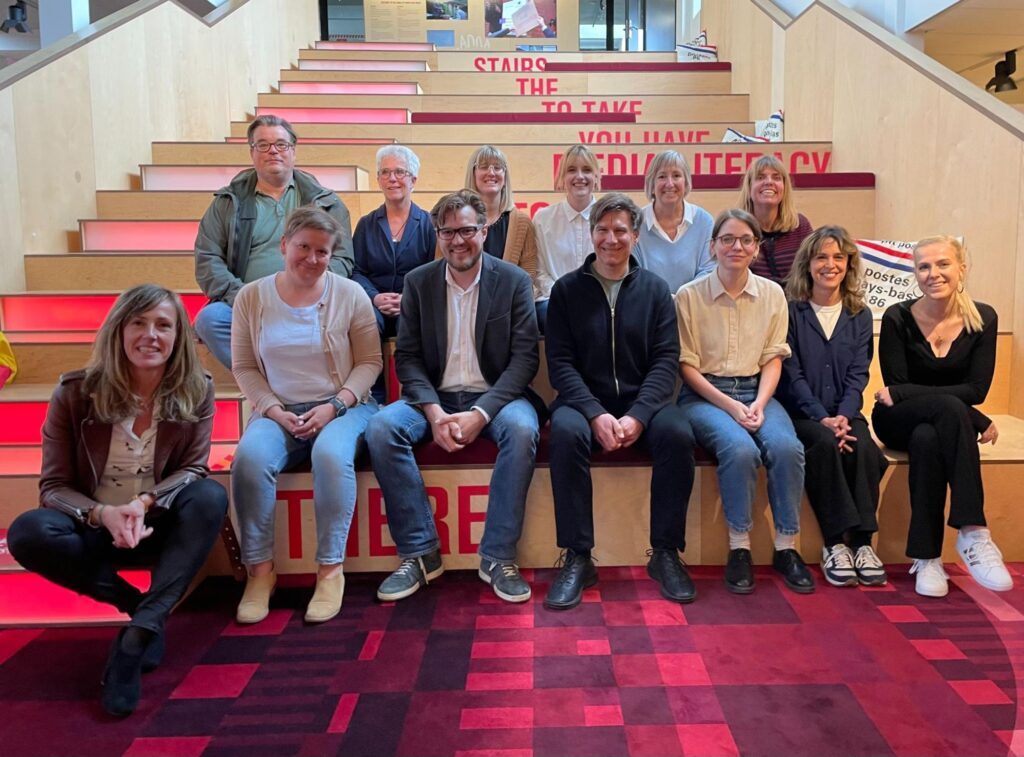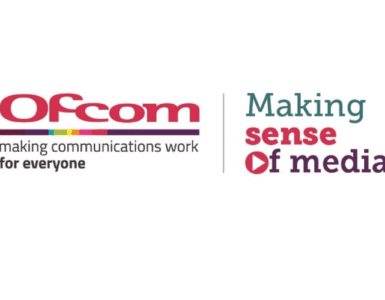by Isabel Crespo, Europeana Foundation, The Netherlands.
The COVID-19 pandemic and current socio-political events in Europe and beyond have shown that fighting the spread of disinformation is more important than ever. Media literacy is a core factor that can help to address this challenge, especially if it is supported by trustworthy sources, including those from archival collections. As young people receive news and information mostly from digital sources, audiovisual (AV) formats are considered to be the most popular and powerful ones amongst this age group. Conscious use of AV materials in education and instilling the ability – and confidence – to critically analyse these are crucial to support the development of media literacy competences.

The main objective of Watching Videos Like a Historian (#WatchLikeHistorians), a new Erasmus+ funded project running from April 2022 to March 2025, is to empower and equip educators to use AV resources in an effective way to teach media literacy. The final goal is to turn their students into conscious and critical citizens.
Project partners are made up of a diverse group of AV collection holders and experts in media literacy, education and assessment. To maximise the impact of this project, the partnership is built around three European networks that represent some of the main stakeholders – educators, students and EU citizens, AV collection holders and, indirectly, policy makers. Partners in this project are EuroClio, Europeana, EUscreen, Centrum Cyfrowe, The Netherlands Institute for Sound and Vision- NISV, Webtic and Corporació Catalana de Mitjans Audiovisuals- TV3, all representing (in different capacities and areas) AV collection holders, educational communities and EU citizens at large.
Some of the most important resources this project will develop include a toolkit for educators, which will offer recommendations and ready-to-use pedagogical material based on curricula on how to bring AV into educational practices to promote media literacy. The project will also develop a guide for cultural heritage practitioners (AV content holders) on how to unleash the potential of this type of content for educational use.

As the project works towards developing these resources, it is already undertaking research which shines the light on important questions in this area. For example, the State of the Field Report on Media Literacy supported by AV Collections by Centrum Cyfrowe analyses how AV materials are currently used for education, what challenges teachers, students, and educators face, and what can be done to overcome them. The study shows that the main barriers to use of AV materials in media literacy education are the deficit of technical equipment and pedagogical skills among educators, as well as the difficulty they have in finding adequate AV with clear permission for educational use and related teaching materials.
The report also recognises a number of stimuli that could better integrate AV in education, like proper training (on the importance of the topic itself, media literacy and searching for appropriate materials or copyright), more technical and ready-to-use pedagogical support or improved access to online collections of archival AV that feature high-quality metadata matching the Web Content Accessibility Guidelines.
In order to make this report more accessible to a wider audience it has an executive summary in English, Polish, Dutch, Spanish and Catalan.
On top of this research, project partner NISV has updated the media literacy competence framework for history education, previously developed by EuroClio, in English, Polish, Dutch, Spanish and Catalan. The framework helps to better understand what are the media literacy competencies needed in history and citizenship education, and how they are supported by audio-visual materials. This framework will also support the didactical requirements to build and add more pedagogical tools on Historiana, a free online learning environment that currently supports AV for history and citizenship education.

In the coming months, the project will work to build capacity in educators through training workshops. It will also develop a dedicated module on the use of AV materials to promote critical thinking and digital literacy skills, which will be available in the 2025 edition of the Digital Education with Cultural Heritage MOOC.
With the desire to better define the impact of this project and the activities needed to channel the expected outcomes, the Europeana Impact Framework has been implemented in the first stages of this project. By the end of #WatchLikeHistorians and in a longer-term, the activities conducted should lead to:
- Redesigned teaching and learning to increase the number of media literate EU citizens;
- Utilised potential of AV materials in media literacy interventions through education;
- Students equipped with tools and knowledge to critically engage with media;
- Increased visibility of diverse and polyvocal collections and improved access to audiovisual materials for educational purposes;
- Increased cross-sectoral cooperation between educators and AV collection holders on local, national and European levels.
If you want to stay tuned of future developments and other capacity building opportunities that will take place, follow #WatchLikeHistorians and consult the project page.

Author
Isabel Crespo, Business Development Coordinator, Education, Europeana Foundation, The Netherlands.














